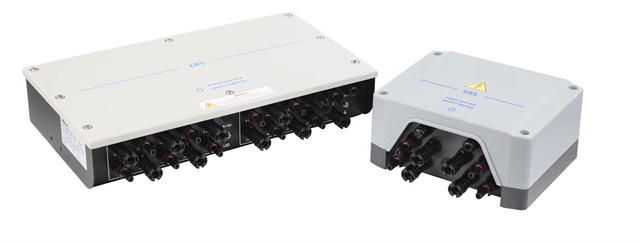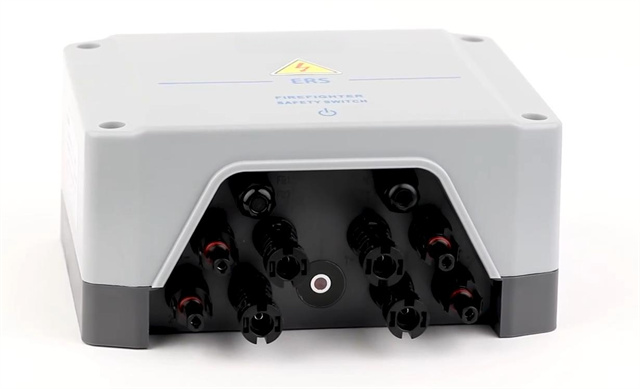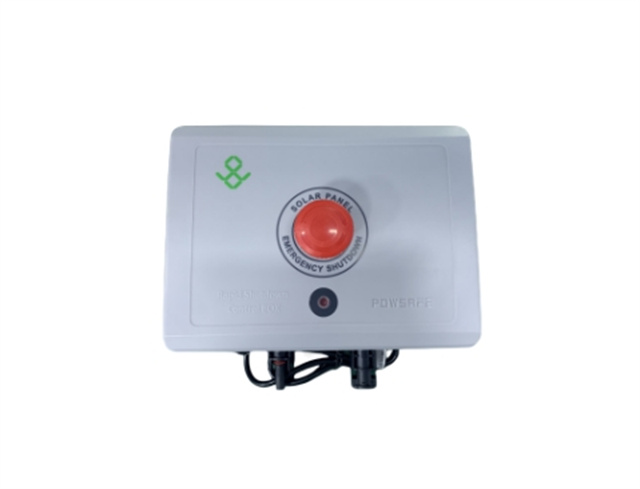Author:BLD Solar Energy SystemFROM:Solar System Converter Manufacturer TIME:2023-08-18
The solar industry has witnessed remarkable growth in recent years, and one of the key areas of innovation is in solar Balance of System (BOS) technologies. In particular, there has been significant progress in the development of rapid shutdown applications for photovoltaic (PV) systems. Rapid shutdown ensures the safety of first responders and maintenance personnel by quickly de-energizing PV arrays during emergencies or maintenance activities. In this article, we will explore the advancements in solar BOS rapid shutdown applications.

Rapid shutdown technology plays a crucial role in ensuring the safety of personnel working with PV systems. During emergencies, such as fires or natural disasters, it is essential to have a means of quickly shutting down the PV arrays to prevent the risk of electric shock. Additionally, during routine maintenance or repairs, rapid shutdown allows technicians to de-energize specific sections of the system without affecting the entire array. This not only ensures the safety of the personnel but also enhances the overall operational efficiency of the system.

In recent years, significant advancements have been made in the development of rapid shutdown solutions for PV systems. One of the notable innovations is the introduction of module-level power electronics (MLPEs) that enable individual panel shutdown. Traditional rapid shutdown solutions relied on string inverters, which would shut down the entire array when triggered. MLPEs, on the other hand, allow for selective shutdown of specific panels, providing greater flexibility and control. This technology provides increased safety and improved performance, as well as simplified installation and maintenance processes.

To ensure the widespread adoption and compatibility of rapid shutdown solutions, industry standards and regulations have been established. These standards outline the requirements for rapid shutdown functionality, interoperability, and testing procedures. For example, the National Electrical Code (NEC) in the United States has specific guidelines for rapid shutdown systems. Compliance with these standards not only ensures the safety of personnel but also facilitates the integration of rapid shutdown solutions into PV system designs. It is important for manufacturers, installers, and other stakeholders to stay updated with these evolving standards to ensure regulatory compliance.
In conclusion, the advancements in solar BOS rapid shutdown applications have significantly improved the safety and efficiency of PV systems. The implementation of rapid shutdown technology ensures the quick de-energization of PV arrays during emergencies or maintenance activities, safeguarding the well-being of personnel. The introduction of module-level power electronics has further enhanced the flexibility and control of rapid shutdown, enabling selective shutdown of individual panels. Moreover, industry standards and regulations have facilitated the widespread adoption and integration of rapid shutdown solutions. As the solar industry continues to grow, it is crucial to prioritize the deployment of effective rapid shutdown applications to enhance overall system safety and performance.
